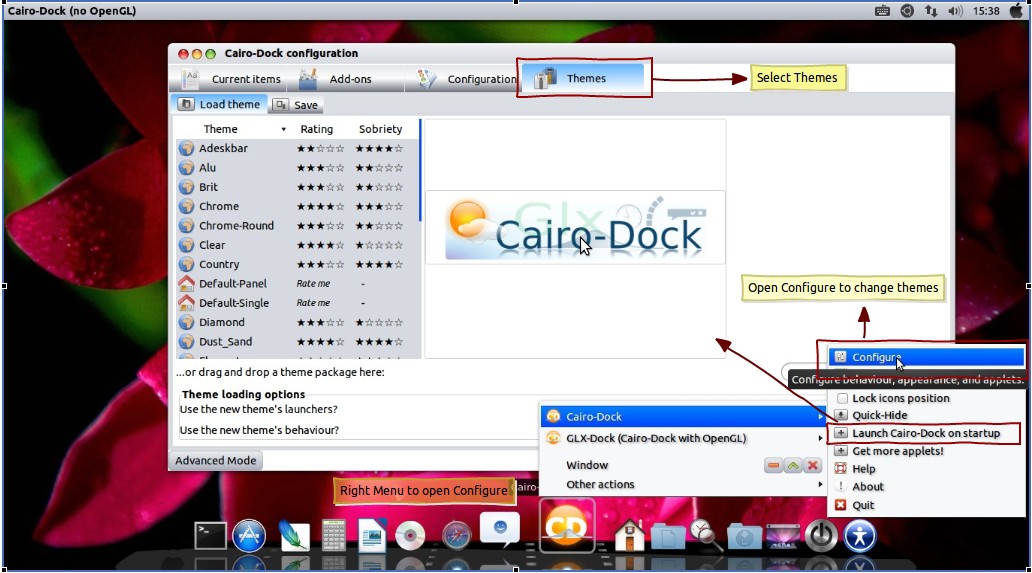

- #INSTALL OPENGL FOR MAC OS X INSTALL#
- #INSTALL OPENGL FOR MAC OS X PRO#
- #INSTALL OPENGL FOR MAC OS X SOFTWARE#
- #INSTALL OPENGL FOR MAC OS X CODE#
- #INSTALL OPENGL FOR MAC OS X WINDOWS#
#INSTALL OPENGL FOR MAC OS X WINDOWS#
On Windows (and Linux), you have to fetch entry points (function pointers) before calling OpenGL functions. Then, once a GL 3.2 context is created and made current, you can directly call glCreateShader() for example. That explains why there are only 16 extensions on OSX compared to the hundred ones on Windows: all extensions of OpenGL 3.2 are part of the OpenGL core libraries on OSX. On OSX, OpenGL is fully integrated in the system and is the foundation for hardware-accelerated graphics ( Quartz Extreme, the GPU layer of Quartz). With latest R310.33, no less than 311 OpenGL extensions (I don’t count the WGL ones) are exposed.

On Windows, when you ask for a GL 3 core profile, you retrieve all OpenGL extensions because they are not part of the OpenGL core libraries (GL 1.1 is the core on Windows). I thought the GL 3.2 support was far from complete. The first time I checked the extensions exposed for the GT 650M with the OpenGL 3.2 context, I saw only 16 extensions. Actually I’m a bit too sever because some beyond G元.2 extensions are exposed but you can count them with one hand 😉 On Windows and Linux, bindless textures were quikly available thanks to OpenGL extensions while that was not the case for D3D. NVIDIA has added a cool feature in GTX 600 called bindless textures. This under-control situation looks like D3D one, we lose the ability of OpenGL extensions to expose new features. This is nice because you can know in advance if your soft will work fine on a particular OSX version, but at the same time, latest features of the GPU can’t be exploited (OpenGL 4 for example). This is one of the first surprises: OpenGL features are strictly defined on OSX while this is not the case in Windows or Linux worlds. And how many extensions are exposed for the HD 4000 with an OpenGL 2.1 context under OSX 10.8? Check the table the right table and I bet you’ll find 123.

#INSTALL OPENGL FOR MAC OS X SOFTWARE#
So if you plan to add OpenGL 3.2 support for your software under OSX 10.6 (Snow Leopard), check the tables before: it’s not possible, OpenGL 3.2 being only available on OSX 10.7 (Lion) and OSX 10.8 (Mountain Lion). It’s useless to list them here, just check the capabilities tables. With an OpenGL 3.2 core context, 15 extensions are exposed for the software renderer (a highly optimized floating point CPU-based renderer), 16 extensions for the GT 650M and 13 for the HD 4000. Once my 3d lib started to run on OSX, I checked the OpenGL extensions available on my rMBP and they were exactly the same than those listed on Apple OpenGL capabilities tables for OSX 10.8, 10.7 and 10.6: The compatibility profile for OpenGL 3.2 is not available on OSX. OSX 10.8 supports OpenGL 2.1 and OpenGL 3.2 core profile.
#INSTALL OPENGL FOR MAC OS X PRO#
The graphics hardware of the MacBook Pro Retina includes the integraded Intel Graphics HD 4000 GPU (part of the Ivy Bridge Core i7 processor) and a discrete NVIDIA GeForce GT 650M with 1GB of dedicated memory. The MacBook Pro Retina 15-inch offers three kinds of OpenGL renderers: two hardware renderers and one software renderer (first time I play with an OpenGL software renderer). I did it for Linux (see Linux: Mesa, Gallium3D, Nouveau…) and now I do it for OSX. One of the first things I do when I arrive on a new OS is to look at the OpenGL support and extensions.
#INSTALL OPENGL FOR MAC OS X CODE#
I code with this laptop for some weeks now and I thought it was time to write a bit about the first contact with OpenGL under OSX from the point of view of a Windows developer… I could enter in Mac’s world thanks to a MacBook Pro (with a 15-inch Retina display). This lib is cross-platform and supports Windows, Linux and now OS X.
#INSTALL OPENGL FOR MAC OS X INSTALL#
The system will not install a JRE that has an earlier version than the current version.These last months I worked (and I still work) on my new 3d lib that will be used in all my new tools. When you install the JRE, you can install only one JRE on your system at a time. To install an earlier version of the JRE, you must first uninstall the current version. To determine the current JRE version installed on your system, see Determining the JRE Version Installed on macOS. However, the system will not replace the current JRE with a lower version. When you install the JDK, it also installs the JRE. Administrator privileges are required to install the JDK and JRE on macOS. Installing the JDK and JRE on macOS is performed on a systemwide basis for all users. You cannot install Java for a single user. The following are the system requirements for installing the JDK and the JRE on macOS:


 0 kommentar(er)
0 kommentar(er)
